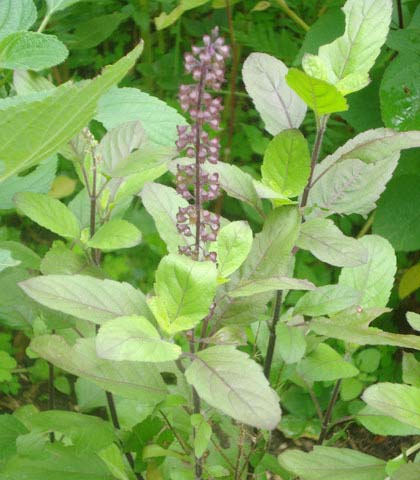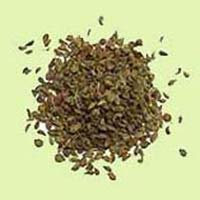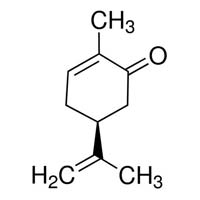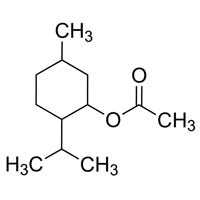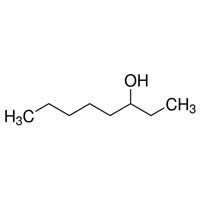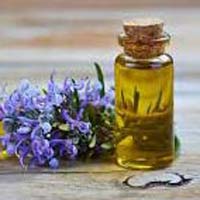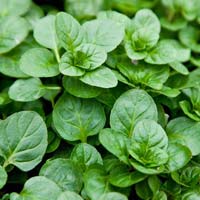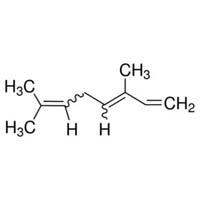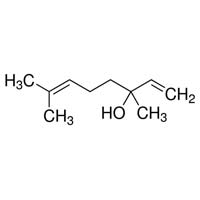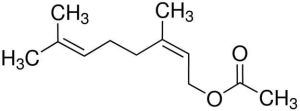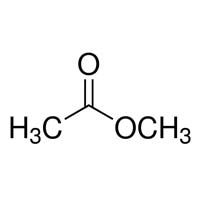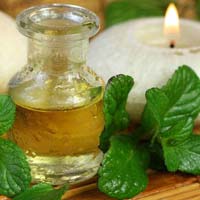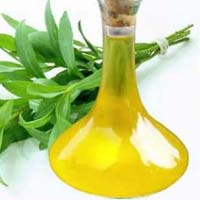- View Mobile Number
flavoursgyan@gmail.com
| Business Type | Manufacturer, Exporter, Supplier, Retailer |
| Other Name | Ocimum Sanctum Oil |
| Appearance | Fluid liquid |
| Colour | Pale Yellow to Yellow colour |
| Click to view more | |
Preferred Buyer From
| Location | India, United Arab Emirates, Argentina, Azerbaijan, Bangladesh, Switzerland, Cameroon, Germany, Dominican Republic, France, Grenada, Guinea-bissau, Heard and Mc Donald Islands, Indonesia, Ireland, Sri Lanka, Martinique, Nepal, Niue, New Zealand, Peru, Philippines, Saudi Arabia, Sweden, St. Helena, Slovenia, Slovakia (Slovak Republic), Sierra Leone, Senegal, Somalia, El Salvador, Turkey, United Kingdom, United States Minor Outlying Islands, Vatican City State (Holy See), Saint Vincent and the Grenadines, Viet Nam, Mayotte, South Africa |
Product Details
Ocimum Sanctum leaves and seeds are used for extraction of /basil oil through stream distillation process.
Basil oil has a clear color, thin consistency and a sweet, herbaceous, licorice-like, slightly camphorous.
Linalool, Fenchol, Eugenol, Methyl chavicol, Beta-caryophyllene are the active components present in basil oil.
Basil oil has been used over the centurary as medicated oils and ointments for respiratory infections especially for children. Basil oil is used in flavoring, cosmetics, soap, Pharmaceuticals and perfumery.
It is derived form the plant of Ocimum sanctum belonging to family Labiatae. Hindus regard it as an earthly manifestation of goddess Vrindavani, who is dear to Lord Vishnu. It has been widely grown throughout the world and commonly cultivated in gardens.
Traditionally Ocimum sanctum is used in malarial fevers, gastric disorders and in hepatic infections. Ocimum sanctum leaves is also used in bronchitis, ringworm and other cutaneous diseases and earache. The leaves are used as a nerve tonic and to sharpen memory. Ocimum sanctum leaves are abundant in tannins like gallic acid, chlorogenic acid etc and also contain alkaloids, glycosides, and saponins along with the volatile oil. The major active constituents of Holy basil leaves include urosolic acid.
Uses :- in Food, Flavor, Cosmetic, Pharmaceuticals, Tobacco and Perfume Industries
